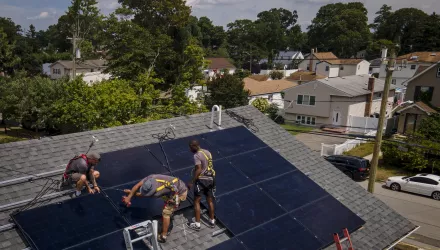
Abstract
A large part of operating costs in urban water supply networks is usually due to energy use, mostly in the form of electricity consumption. There is growing pressure to reduce energy use to help save operational costs and reduce carbon emissions. However, in practice, reducing these costs has proved to be challenging because of the complexity of the systems. Indeed, many water utilities have concluded that they cannot practically achieve further energy savings in the operation of their water supply systems. This study shows how a hybrid linear and multi-objective optimization approach can be used to identify key energy consumption elements in a water supply system, and then evaluate the amount of investment needed to achieve significant operational gains at those points in the supply network. In application to the water supply system for the city of London, the method has shown that up to 18% savings in daily energy consumption are achievable. The optimal results are sensitive to discount rate and the financial value placed on greenhouse gas emissions. Valuation of greenhouse gas emissions is necessary to incentivise high levels of energy efficiency. The methodology can be used to inform planning and investment decisions, with specific focus on reducing energy consumption, for existing urban water supply systems.
Cardenes, Iliana, Afreen Siddiqi, Mohammad Mortazavi Naeini, and Jim W. Hall. "Multi-objective Optimization of Energy and Greenhouse Gas Emissions in Water Pumping and Treatment." Water Science and Technology, vol. 82. no. 12. (2020): 2745–2760.
The full text of this publication is available via Water Science and Technology.





